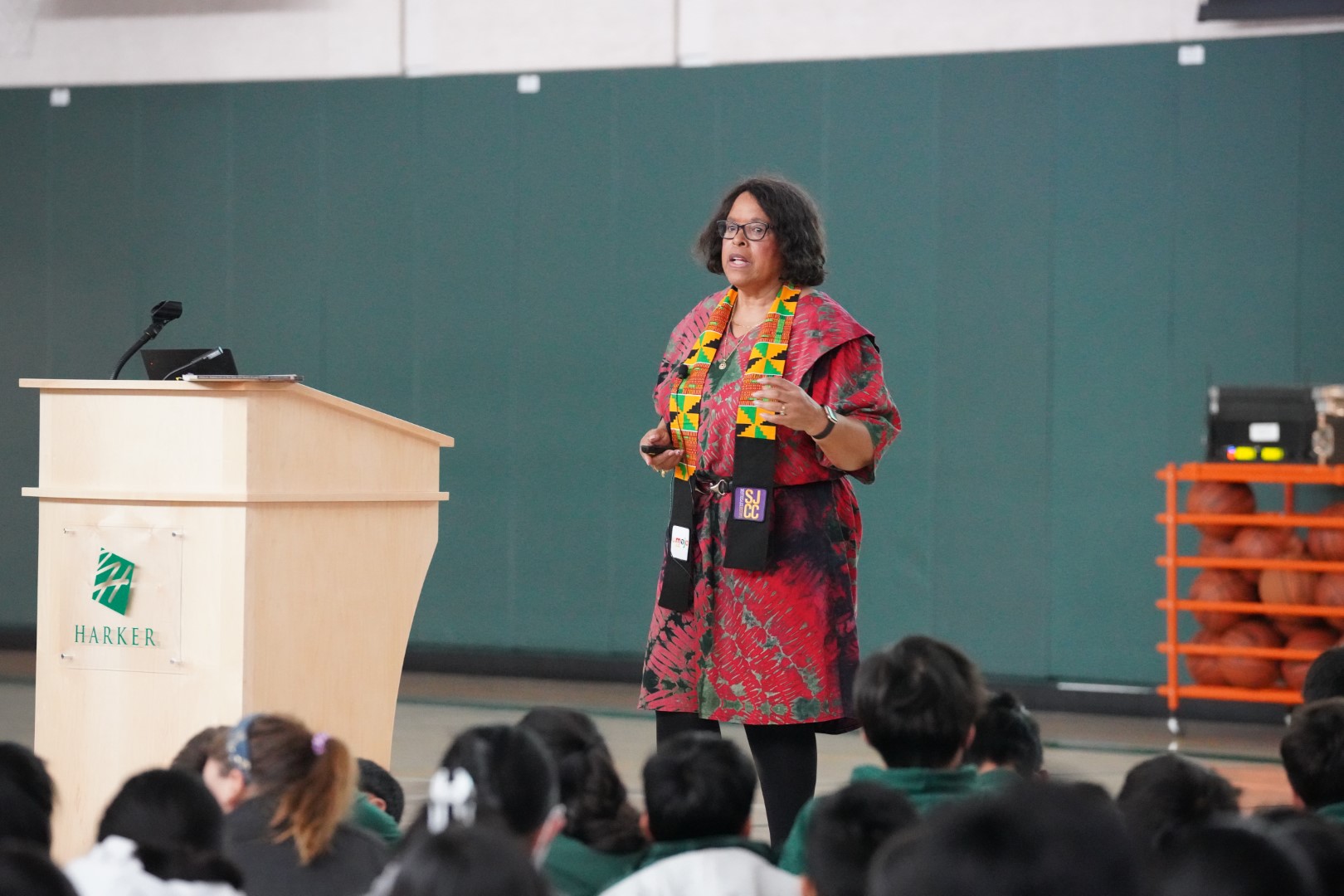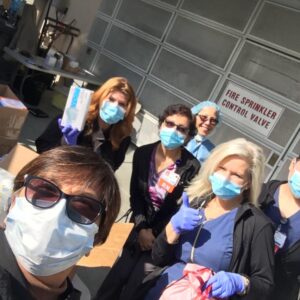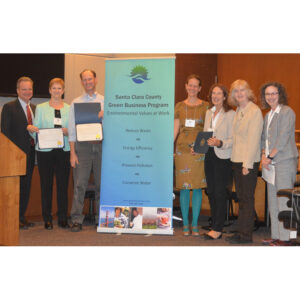Last week, a special middle school assembly featured author and historian Jan Batiste Adkins, who shared the history of African Americans in the Bay Area and Santa Clara County area. “I think that understanding each other’s history … is crucial,” said Adkins, who has taught community college for 15 years. “We have to learn from each other. We have to live and experience each other’s experiences and that’s what history does for us.”
Adkins’ most recent book covers African American history in San Jose and Santa Clara County. Her talk began with the record of the first Africans making their way to what was once called New Spain in the 1500s. After the establishment of Puebla de San Jose de Guadalupe in 1777, people of African descent, Adkins explained, mingled and intermarried with Mexican, Spanish and indigenous people of the area.
Mexico later achieved independence from Spain and until 1850 controlled the territory known as Alta California, the last governor of which was Pío Pico, a politician and entrepreneur of mixed African and Native American-Spanish ancestry. Numerous locations in California are named for him, including Pico Boulevard in Los Angeles and the city of Pico Rivera in Los Angeles County.
Following California’s statehood in 1850, plantation owners took their enslaved workers west to seek gold and encountered resistance from the local population, who contended that the enslaved laborers unpaid work amounted to unfair competition. As a result, the sale or purchase of enslaved labor became prohibited in the state. California’s abolitionist movement also helped many of these workers free themselves of slavery by providing them funds to hire lawyers. One such landmark case was that of Sampson Gleaves, who was released from bondage in 1854. Gleaves’ manumission papers are still preserved and maintained by History San Jose.
Another enslaved man named James Williams was taken to California in the 1840s to help search for gold. He was allowed to work at night for other miners and eventually purchased his freedom. The descendants of Williams’ former owner still live in San Jose, Adkins said, and in order to retrieve Williams’ photo for her book, she had to first contact this family, who requested anonymity.
In 1861, Rev. Peter Cassey established the first Black secondary school in San Jose, which was also the first in the state. It also admitted Asian American and indigenous students. The First AME Zion Church was founded just a few years later in 1864, and still exists today on 20th Street in San Jose, where it has resided since 1972.
Black-owned businesses also became increasingly common, Adkins explained, including San Jose’s first Black barber shop, which was established in the 1860s by the White brothers, who also founded the Afro League to address the ongoing problems of racial inequality.
One artist who rose to prominence around this time was Edmonia Lewis, a sculptor who arrived in California in 1873 and the first Black American sculptor to achieve widespread renown. Her work is still viewable today at the Martin Luther King Jr. Public Library in San Jose. Lewis came to California at the invitation of Sarah Knox, whose husband owned the Knox-Goodrich building in San Jose.
During the latter half of the 20th century, San Jose State College (now known as San Jose State University) became known for its athletic dominance, and two of its track and field athletes, Tommie Smith and John Carlos, became famous for raising their fists in a Black Power salute during the medals ceremony at the 1968 Summer Olympic games in Mexico City, where Smith won gold and Carlos won silver. At the time, Adkins explained, San Jose State did now allow Black students to stay in the campus dorms, forcing them to find housing options off-campus.
Toward the end, Adkins briefly discussed recent figures such as Maynard Holliday, the robotics engineer who attended graduate school at Stanford University and later worked at Livermore National Laboratory and the Pentagon, designing robotic and positioning systems. While working as an engineer in Santa Clara County in the 1970s, Jerry Lawson led the team that developed the video game cartridge, which became the most widely used format for the video game industry for decades, popularized by platforms such as the Atari 2600. Francine Bellson, educated at MIT, also worked at Fairchild and later in research and development at IBM.









